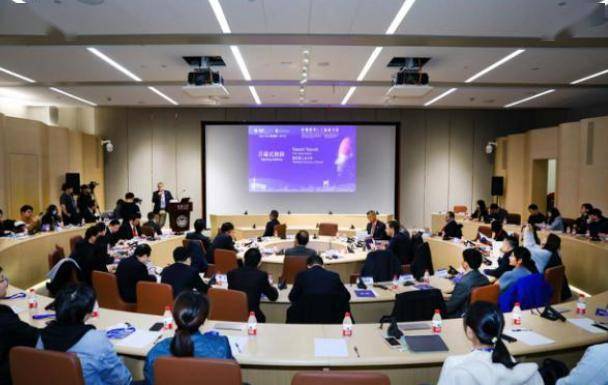
The combination of medicine and artificial intelligence is not a simple physical superposition, but a chemical reaction of deep integration. How can artificial intelligence developers understand the pain points and needs of medical industry practitioners? How to make medical industry practitioners believe in the accuracy and safety of artificial intelligence? What will be the development of medical artificial intelligence in the future?

Recently, Tongji University and the Technical University of Munich in Germany jointly organized a Sino-German Medical Artificial Intelligence Conference, hosted by Tongji Hospital Affiliated to Tongji University. The theme of this conference is "Bridging the Gap between Developers and Medical Practitioners" and aims to provide an academic exchange platform for artificial intelligence developers and medical practitioners. Participants conducted keynote reports and roundtable discussions on cutting-edge hot topics in the field of medical artificial intelligence to promote cooperation and understanding between developers and medical practitioners
In recent years, medical artificial intelligence has been developing rapidly around the world, and its applications are mainly reflected in intelligent diagnosis and treatment, intelligent image recognition, and intelligent drug research and development. The application and development of medical artificial intelligence in the medical field not only involves technological innovations, but also changes in medical service models.
Cheng Yingsheng, director of Tongji Hospital Affiliated to Tongji University, said that Tongji Hospital attaches great importance to how to implement new medical development concepts and promote high-quality development. At present, the medical imaging department realizes artificial intelligence-assisted diagnosis of chest lesions: pulmonary nodules, rib fractures, pneumonia; artificial intelligence combined with vascular CTA and CTP technology to diagnose vascular lesions: chest pain triad, stroke; realizes aorta, coronary artery, craniocervical Diagnosis and evaluation of local arterial lesions: embolism, dissection, plaque, stenosis, calcium score and stroke score.
"The hospital realizes the interconnection and interoperability of multi-source data and multi-system integration with the help of the scene platform, uses digital twins to realize three-dimensional dynamic management and all-round virtual simulation of the entire construction process, and realizes medical care and management through collaborative R&D and application of artificial intelligence. and smart management and control of services." Cheng Yingsheng said that the hospital has made comprehensive explorations from smart logistics management to smart surgery to smart ward unmanned support service systems.
The above is the detailed content of How will medical artificial intelligence develop in the future? This forum discusses. For more information, please follow other related articles on the PHP Chinese website!




